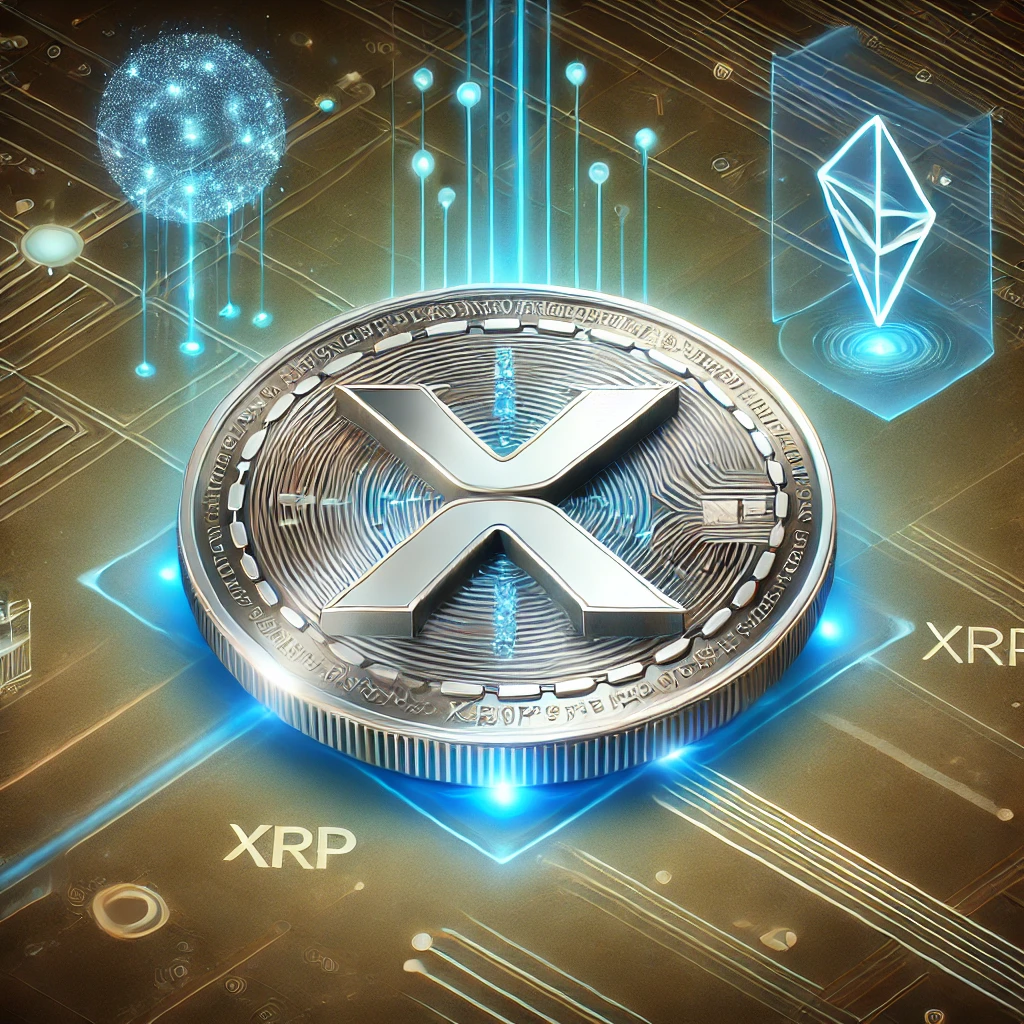
The XRP Ledger (XRPL), a decentralized blockchain originally developed by Ripple Labs in 2012, has consistently pushed the boundaries of what blockchain technology can achieve. Designed with efficiency and scalability in mind, the XRPL has emerged as a preferred platform for financial institutions and developers seeking fast, low-cost, and reliable blockchain solutions. Recent innovations in the XRPL ecosystem are enhancing its scalability and usability, positioning it as a key player in the evolving blockchain landscape. This article explores these advancements and their implications for blockchain scalability.
Core Features of the XRP Ledger
Before diving into recent developments, it’s essential to understand what sets the XRP Ledger apart:
- Consensus Protocol: Unlike Bitcoin’s Proof of Work (PoW) or Ethereum’s Proof of Stake (PoS), XRPL uses a consensus mechanism called the Ripple Protocol Consensus Algorithm (RPCA). This method enables transaction validation without mining, reducing energy consumption and enabling faster processing.
- Transaction Speed and Cost: The XRPL processes transactions in 3-5 seconds with fees typically less than a fraction of a cent, making it ideal for high-frequency and low-value payments.
- Interoperability: XRPL’s native support for issuing tokens and integrating with other financial systems provides flexibility for diverse use cases, from remittances to decentralized finance (DeFi).
Recent Innovations in the XRP Ledger
1. Hooks: Customizable Smart Contracts
One of the most significant updates to XRPL is the introduction of Hooks. Hooks allow developers to write small pieces of code that execute automatically before or after transactions on the ledger. While XRPL was not initially designed for complex smart contracts like Ethereum, Hooks add a lightweight, programmable layer for automation.
Impact on Scalability:
Hooks streamline processes by eliminating the need for external computation, reducing latency and cost. For example, businesses can automate compliance checks or fee calculations directly on the ledger without overloading the network.
2. Sidechains for Enhanced Scalability
The XRPL team is actively developing sidechains to enable parallel execution of specialized functions. Sidechains operate independently but remain interoperable with the main ledger, allowing developers to create customized environments without congesting the primary chain.
Impact on Scalability:
Sidechains enhance the XRPL’s ability to handle diverse applications, from DeFi platforms to gaming ecosystems, without compromising the speed or reliability of the main network. They also enable experimentation with new consensus mechanisms or features without affecting the core ledger.
3. XLS-20 and Native NFT Support
The XLS-20 amendment introduced native support for Non-Fungible Tokens (NFTs) on the XRP Ledger. Unlike traditional NFT platforms that rely on smart contracts, XRPL integrates NFT functionality directly into its protocol.
Impact on Scalability:
This integration significantly reduces the resource demand associated with NFT creation and trading. It also mitigates risks like excessive gas fees and smart contract vulnerabilities, common issues on other platforms. XRPL’s high throughput ensures smooth handling of NFT transactions even during peak activity.
4. Cross-Chain Interoperability via the Interledger Protocol (ILP)
The Interledger Protocol, initially developed alongside XRPL, continues to evolve as a bridge for value transfer between blockchains and traditional payment networks.
Impact on Scalability:
By enabling seamless interoperability, ILP reduces the need for on-chain transactions, easing network congestion. For example, a payment can originate on XRPL and settle on Ethereum or vice versa, leveraging the strengths of both ecosystems.
Scalability Challenges Addressed by Recent Updates
The blockchain industry faces two critical challenges: scalability and efficiency. The XRPL’s recent updates directly address these issues:
- Transaction Volume: As blockchain adoption grows, networks often struggle to maintain speed and cost efficiency. XRPL’s lightweight consensus protocol, combined with sidechains and Hooks, ensures that transaction processing remains unaffected by high demand.
- Energy Efficiency: The XRPL’s low energy consumption is increasingly relevant in a world prioritizing sustainability. By avoiding energy-intensive mining, it remains environmentally friendly while scaling.
- Cost Predictability: Unlike networks where transaction fees fluctuate dramatically, the XRPL ensures low and predictable fees, even during periods of high activity.
Applications Leveraging XRPL Scalability
Several real-world applications showcase the impact of XRPL’s innovations on scalability:
- Cross-Border Payments: Banks and remittance providers are using XRPL to facilitate instant, cost-effective cross-border payments, handling thousands of transactions per second without bottlenecks.
- Decentralized Finance (DeFi): Platforms are building on XRPL to offer lending, borrowing, and trading services, taking advantage of its low fees and fast execution.
- Tokenized Assets: Institutions are issuing tokenized versions of stocks, bonds, and commodities on XRPL, leveraging its scalability for real-time settlements.
- NFT Marketplaces: Projects like Sologenic have embraced XRPL’s NFT capabilities to create sustainable and affordable marketplaces.
Future Prospects for XRPL Scalability
The XRPL roadmap includes ongoing research and development in areas like:
- Advanced Sidechain Implementations: Enhancing customization and capacity for enterprise use cases.
- Zero-Knowledge Proofs (ZKPs): Exploring ZKP integration to boost privacy while maintaining scalability.
- Decentralized Identity (DID): Enabling secure and scalable identity solutions for global applications.
Conclusion
The XRP Ledger’s recent innovations underscore its commitment to addressing scalability challenges without sacrificing efficiency, affordability, or sustainability. Features like Hooks, sidechains, and native NFT support expand its functionality, while the Interledger Protocol ensures interoperability across networks. These advancements not only solidify XRPL’s position in the blockchain ecosystem but also pave the way for broader adoption in finance, gaming, and beyond.
As the blockchain space continues to evolve, XRPL’s focus on scalability and innovation ensures it will remain a critical infrastructure for the decentralized future.